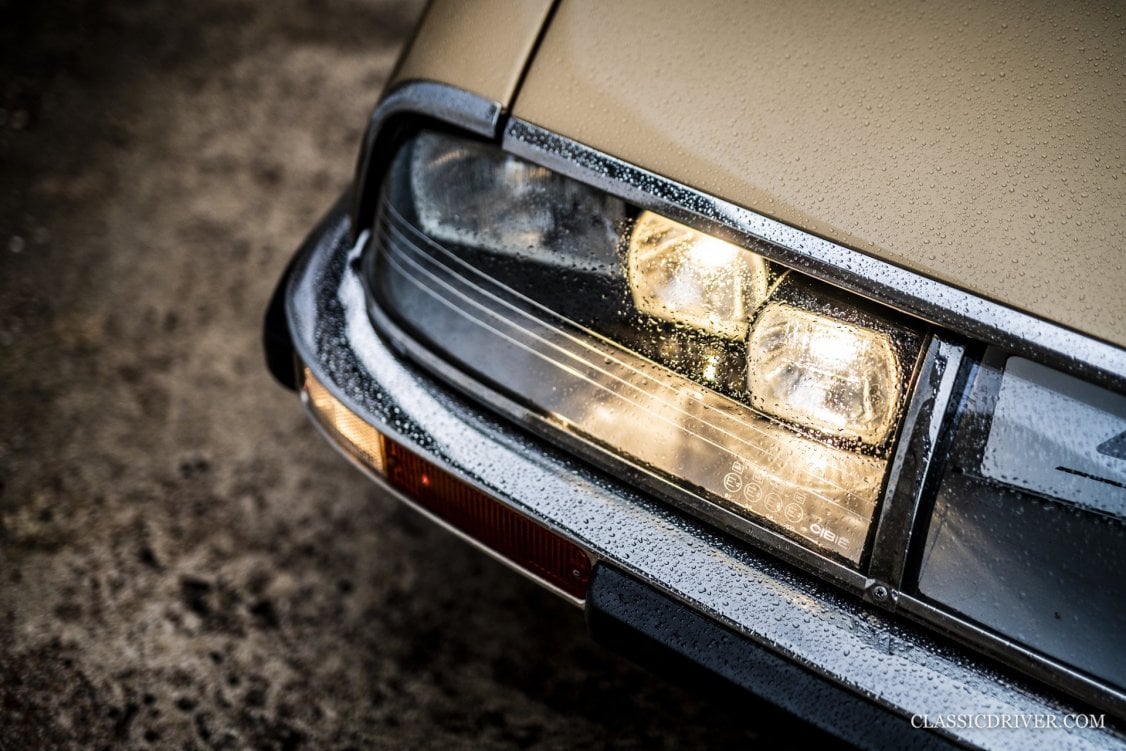
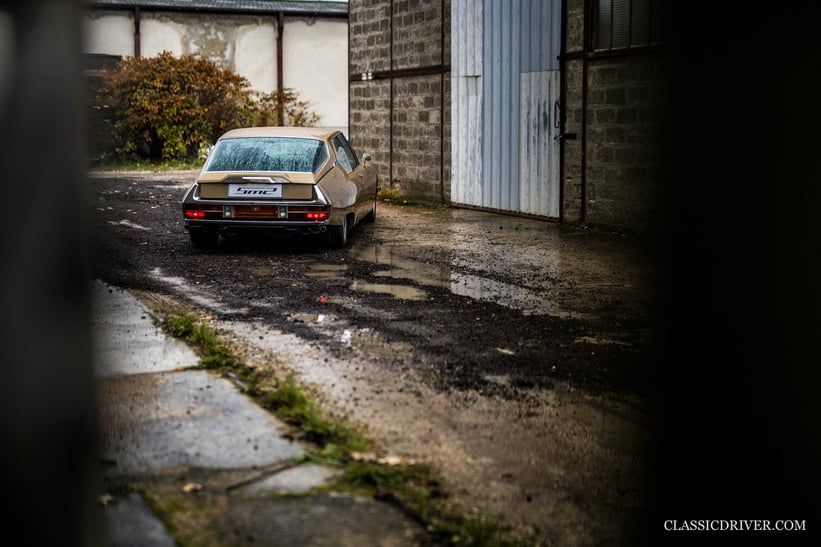

Poised to celebrate its 50th birthday on 11 March 2020, the Citroën SM is a veritable automotive legend which has long been the subject of devotion. The Franco-Italo car’s shape, which was cut out for speed by Robert Opron, soulful Maserati engine and technology derived from the DS have all left an indelible imprint on the minds of anyone fortunate enough to have experienced one first-hand.
There are many features that have contributed to the SM’s unique status, from the self-levelling hydropneumatic suspension to the swivelling headlights and rain-sensing automatic windscreen wipers. Even its name has been the subject of speculation, some believing the SM acronym denoted ‘Sport Maserati’ while others suggesting it stood for Sa Majesté, or ‘Her Majesty’.
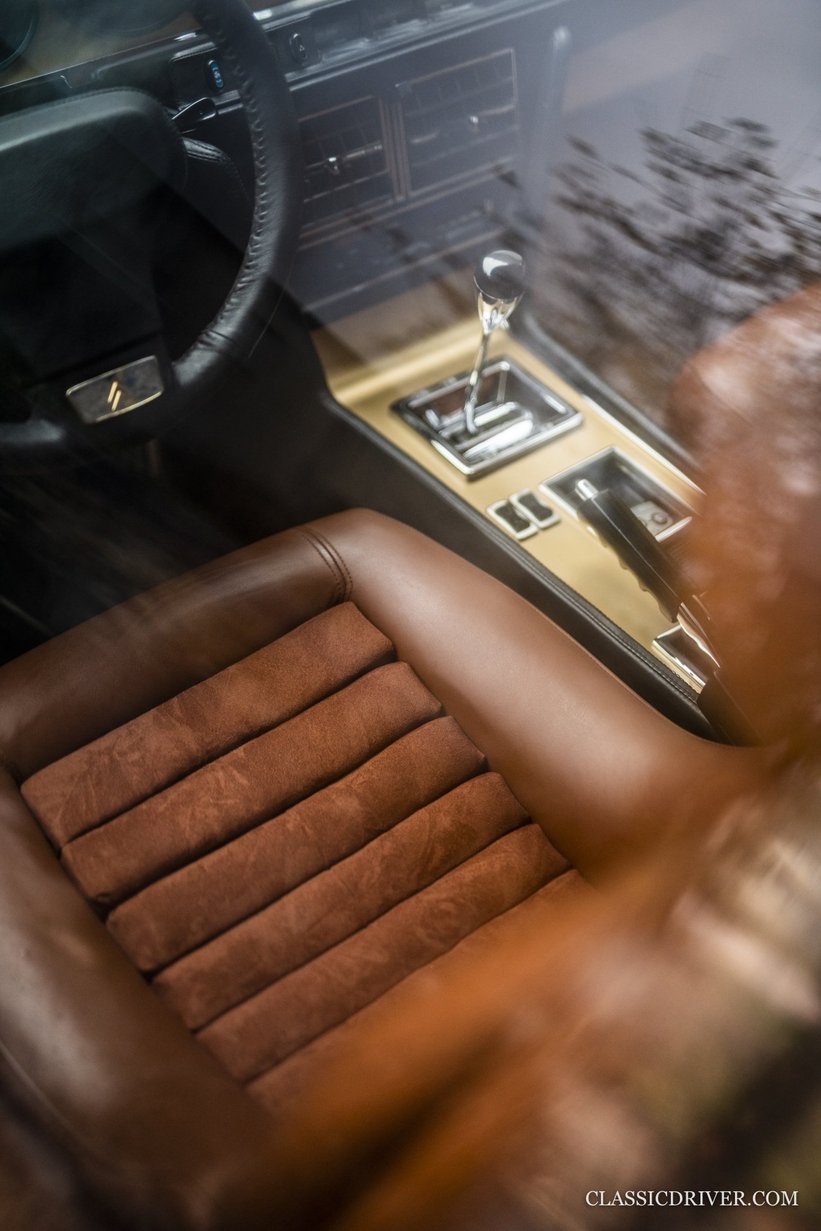

The SM’s reputation has also been bolstered by the long list of celebrity owners, from the Soviet politician Leonid Brezhnev to rock stars such as the Rolling Stones’ Bill Wyman, U2’s Adam Clayton and Coldplay’s Guy Berryman. Berryman even drove his car on the Modena Cento Ore rally in Italy last year, which is telling of how much he enjoys its intoxicating blend of performance and comfort. The Citroën SM has also featured in many films, more often than not pictured parked in front of striking mid-century homes in exotic locations such as Palm Springs.
Upon its release, the SM was an immediate hit, both in terms of Citroën’s image and sales. A total of 12,920 cars were built, including 135 at the Ligier factory in Vichy. SMs were sold all over the world (it was particularly well received in the USA, where it won the esteemed ‘Car of the Year’ award in 1972) and it’s estimated that around 7,000 of them remain today. It was only the global oil crisis in 1974 that promptly put paid to the car’s commercial success.
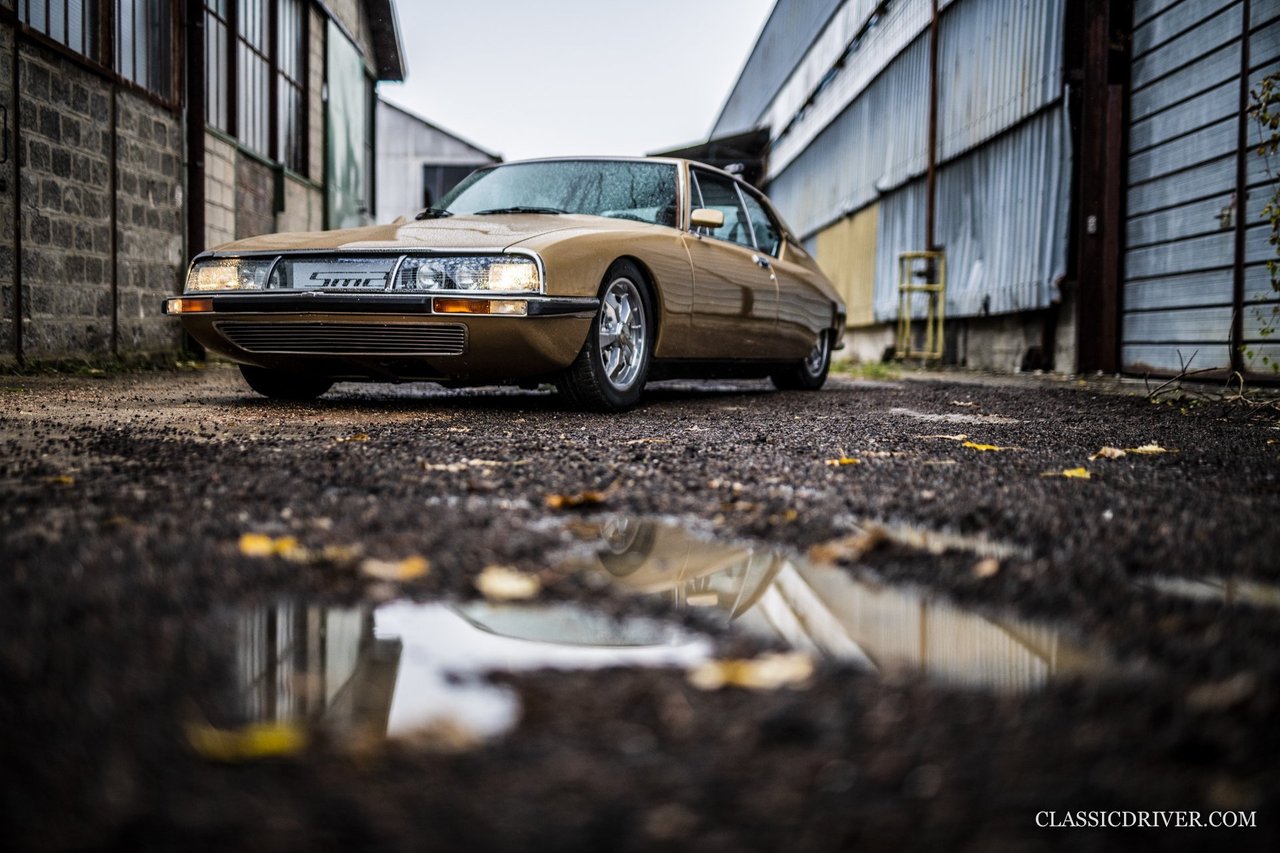
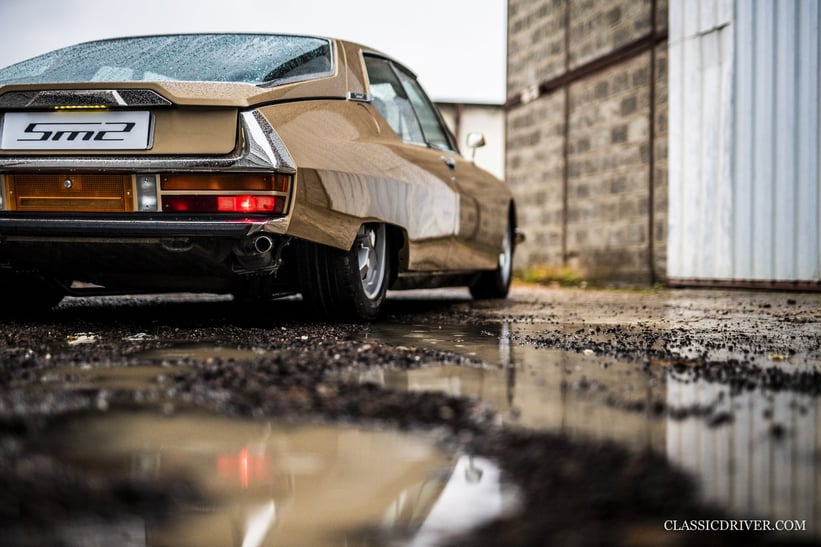

Perhaps inevitably, the SM suffered from a number of youthful shortcomings, particularly with regards to its reliability. Quite quickly, a pool of experts was required to work on them. Jean-Michel Gallet, founder of the specialist Citroën restoration company SM2A in Mussy-sur-Seine, is one of them. Having restored no fewer than 290 SMs over the years, he’s more familiar than most with their ins and outs.
“We often start with a donor car that’s largely healthy but just tired, so we restore it according to the wishes and specifications defined by the customer,” Gallet explains. “We’re constantly evolving – after solving the car’s known defects, we focus on reducing its weight and improving its performance.” The overall dynamics of the car – braking, acceleration, stability, comfort and safety – are therefore naturally improved.

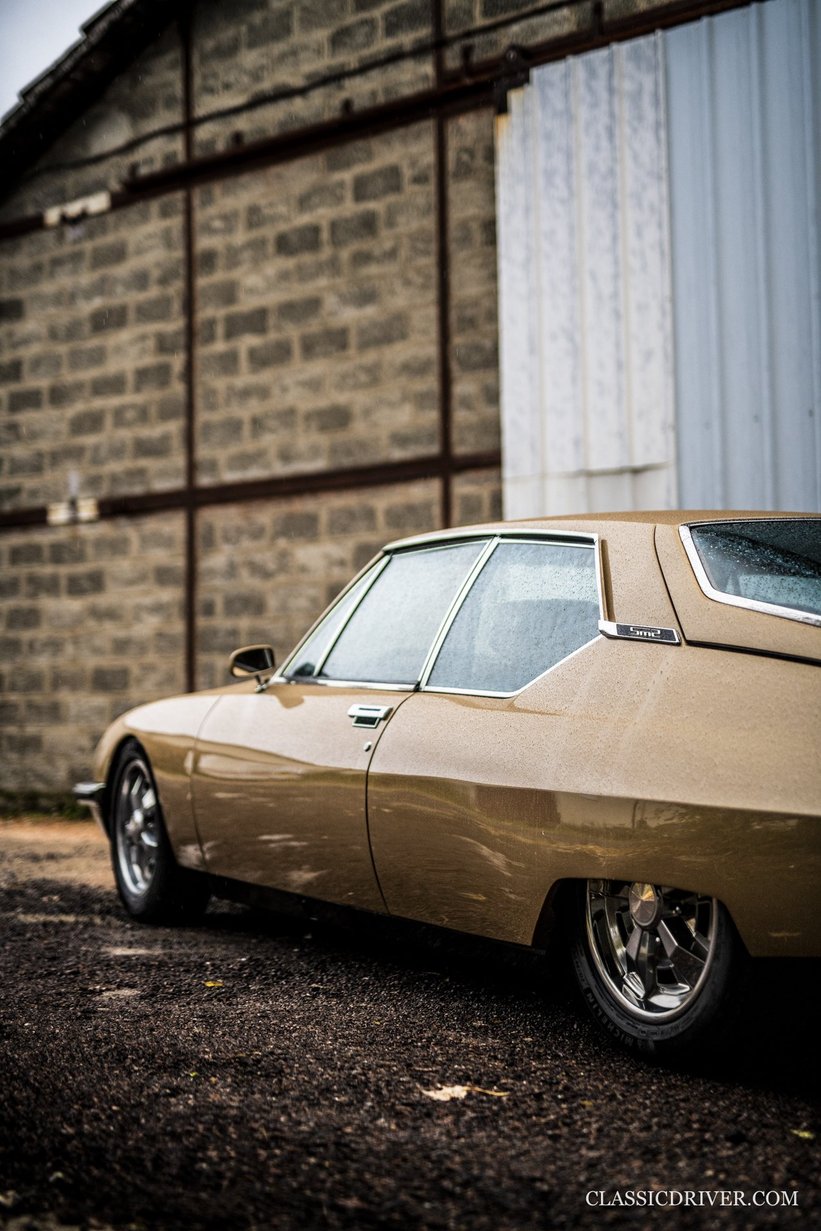
New timing chains are installed, the alternator is replaced, and a new electrical circuit is fitted, bringing with it the benefit of electrical ignition. The list of modifications is long, but the demand is insatiable – no fewer than 18 SM engines are overhauled by SM2A each year and an increasing number of these cars now boast at least some of Gallet’s innovations.
It is Gallet’s son, an expert in 3D engineering, who is masterminding the development of these innovations, producing and testing parts in-house with SM2A’s suite of machining equipment before installing them in customer cars. And with such knowhow, Gallet has begun to sell some of his bespoke parts to other SM restoration companies and owners. Never ceasing to innovate, the SM2A team has now decided to go one step further and produce the ultimate-spec SM, the car it’s always dreamed about.



This ‘Concorde of the road’ has appropriately been christened the SM2 and designed as an extension of the SM’s story. This isn’t about sticking out with blingy aesthetic adornments – rather, Gallet suggests that this is the exact car Citroën would be building if the SM was still in production today. It’s a bold claim… until you look closer at the details.
The chassis has been stripped and rustproofed and modern material were used to both strengthen the car and improve its sound deadening. Not only does this increase the quality, but it also saves a considerable amount of weight – 140kg, to be precise. The results of the diet can be seen everywhere, from the seats and the rear armrest to the new aluminium radiator and window opening mechanisms. A great deal of work also went into centring the mass of the car, for dynamic optimism.
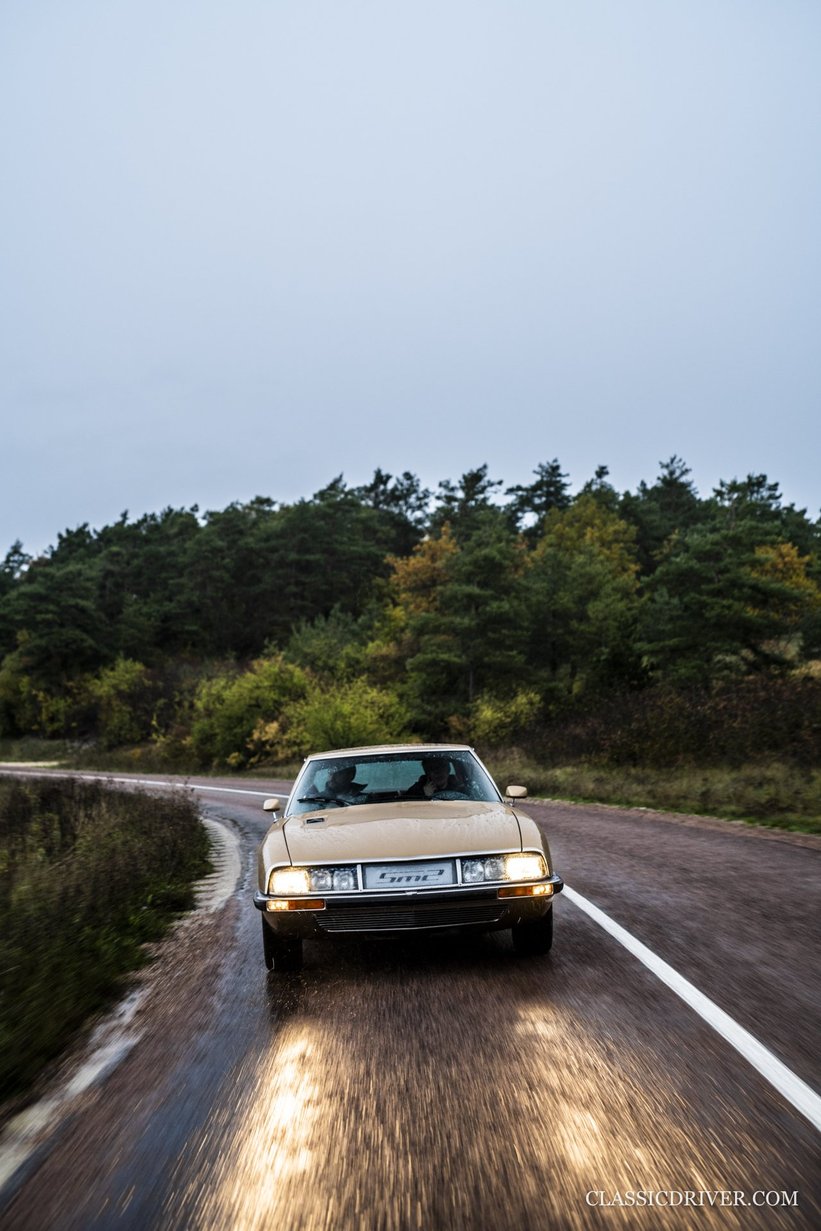
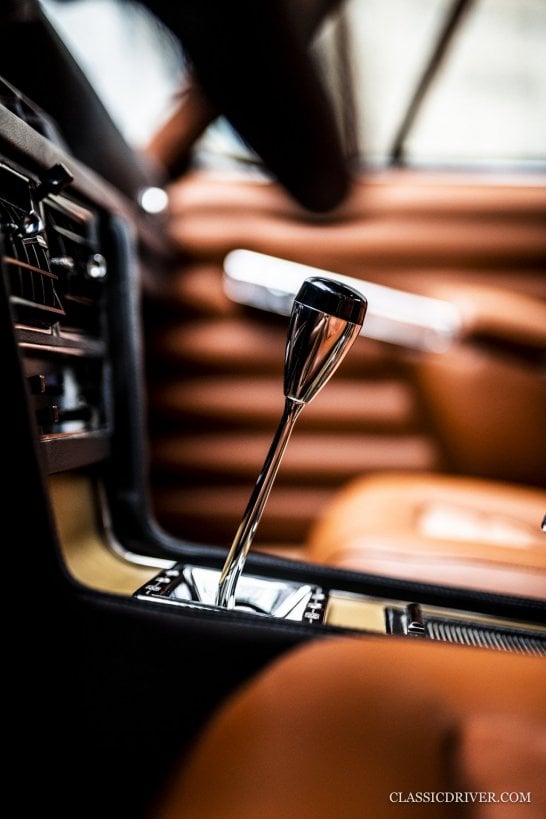
The engine block appears as though it’s been moved backwards in the chassis, predominantly because the complex and ungainly hydraulic bits and bobs have been tidied away within the aluminium tubes atop the engine. The hoses come from the aviation industry and the pistons within the engine have been modified. The result is an increase of 30HP, making the SM2 good for 210HP. Torque is also markedly increased, and the gearbox has been given a longer fifth gear for more pleasant highway cruising.
Gallet is convinced that the car could reach 300kph. And our road test, despite being held in the rain, is enough for us to believe its potential. The best thing about driving the SM2 is that it emphasises everything that impressed journalists and owners about the SM back in the 1970s: its exceptional performance, supreme comfort, sharp and direct handling and efficient braking. The difference here is that everything has been upgraded and refined, and the standards of quality are simply incomparable to the original car. The SM2 is an invitation to blissful long-distance travelling. All of a sudden flying or taking the train seems far less appealing to us.
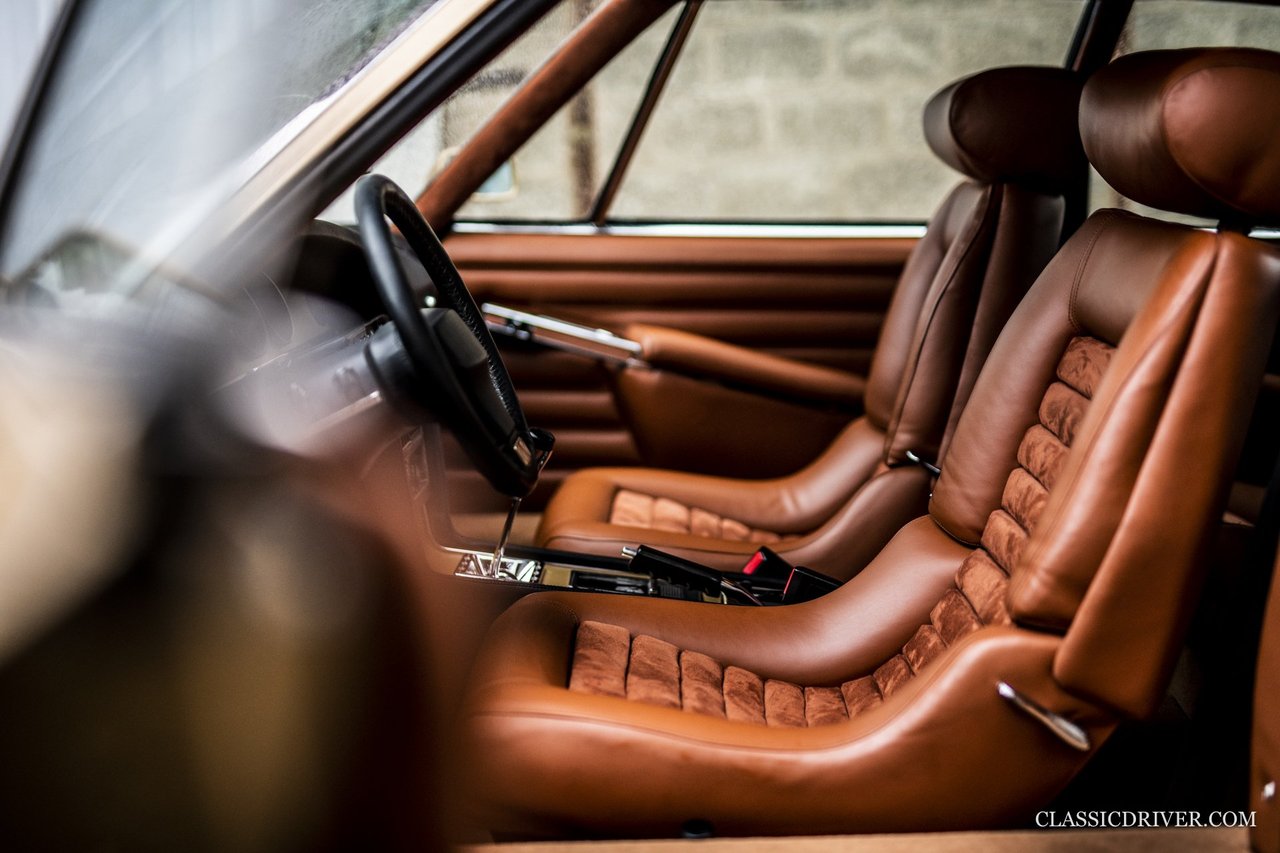
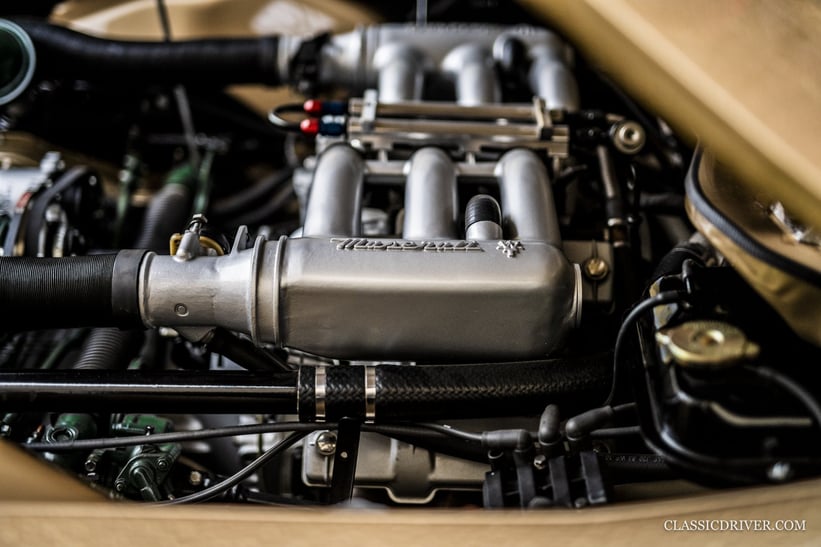

More than 5,000 hours of research and development went into the SM2. To give you an idea of the lengths Gallet and his team went to, the 17-inch wheels, for example, were modelled entirely in 3D before being machined on site. Not only are they approved by the German TUV, but they’re able to withstand the high performance of the car and are shod with modern rubber while retaining the classic design of the SM’s original wheels.
As for the cabin, it’s a symphony of Alcantara and leather. Produced by Sellerie du Mont Ventoux, it conceals many innovations such as a state-of-the-art hi-fi system with Bluetooth connectivity, cruise control and central locking. Customers will be able to specify a navigation system and even airbags in the future.
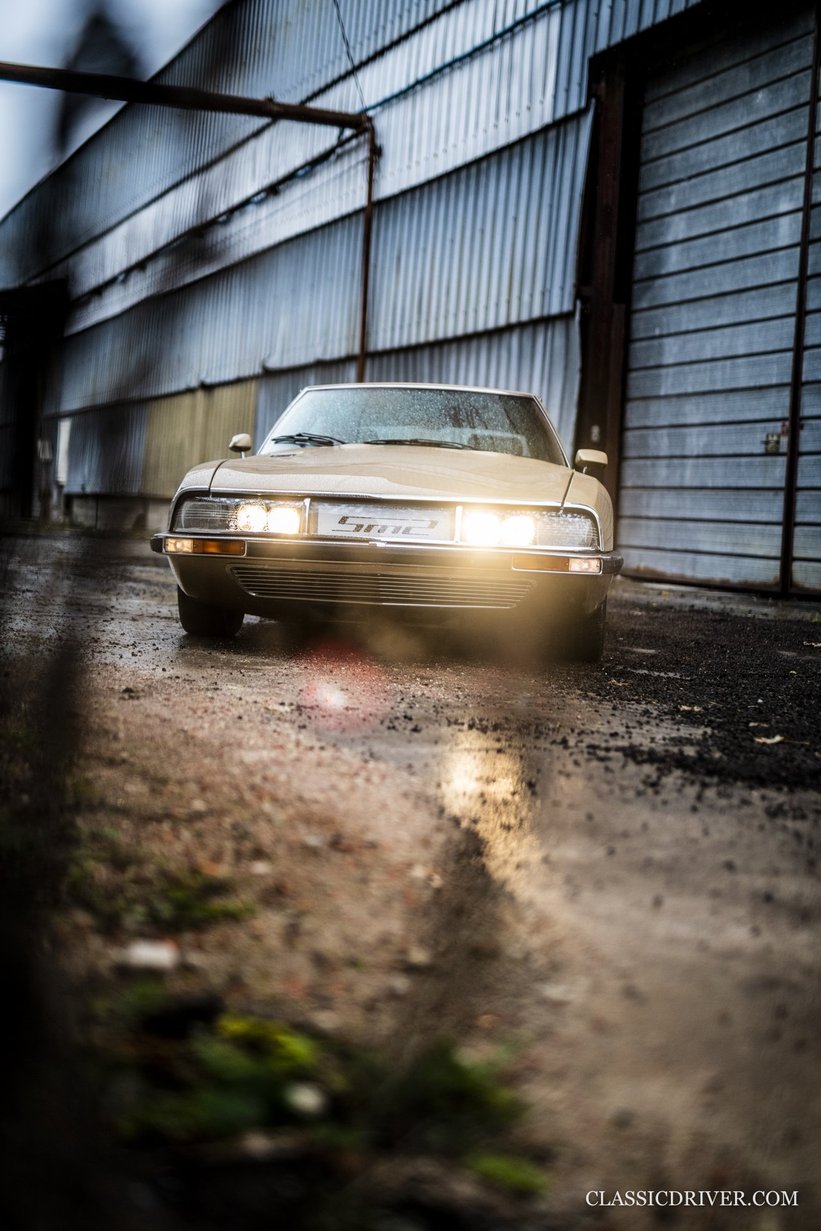

The second SM2, a right-hand-drive model, was commissioned by a customer in Southeast Asia and a further car is in the pipeline for a French client. Anything now seems possible for Jean-Michel Gallet, who’s already plotting high-performance, convertible and saloon versions of his Gallic restomod. Now those we can’t wait to see.
Text: Etienne Raynaud / Photos: Rémi Dargegen for Classic Driver © 2020











































